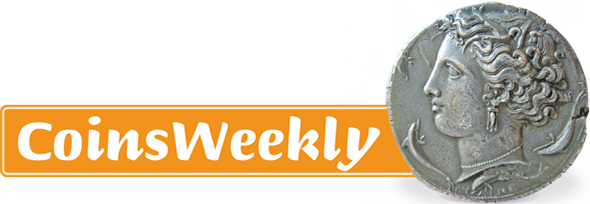Bode-Museum Berlin
Wenn es kein Logo gibt, wird diese Spalte einfach leer gelassen. Das Bild oben bitte löschen.
(Dieser Text wird nicht dargestellt.)
Am Kupfergraben 1
10178 Berlin
Website
Contact
Phone: +49(0)30-2090-5577
service@smb.museum
Opening hours
Mon closed
Tue closed
Wed 10:00 am – 5:00 pm
Thu 10:00 am – 5:00 pm
Fri 10:00 am – 5:00 pm
Sat 10:00 am – 6:00 pm
Sun 10:00 am – 6:00 pm
A prominent Berlin landmark, the Bode-Museum is located at the northern tip of the city’s Museum Island, bounded by the Spree River on the east and the narrow Kupfergrabenkanal on the west. The Museum Island complex was designated a UNESCO World Heritage Site in 1999.
Once the Kaiser Friedrich Museum
When first opened, the Museum was originally known as the Kaiser Friedrich Museum, but its name was changed to that of the Bode-Museum in 1956 in honor of Wilhelm von Bode, an art historian and former director general of the Museum.
The Museum is composed of four areas: numismatic library, study room, Münzkabinett (coin collection vault), and exhibits. The numismatic library houses approximately 20,000 volumes. The library and study room are open to the public. Entrance to the study room and library is gained from the outside to the far right of the Museum visitor’s entrance. Visitors must ring the bell and pull the door open when the buzzer sounds. The Münzkabinett contains approximately 500,000 coins, medals, and banknotes in an environmentally-controlled vault maintained between 18 to 20 degrees centigrade (64 to 68 degrees Fahrenheit) with a relative humidity between 40 to 60 percent.
One of the World’s Largest Collections
Accredited scholars, researchers and collectors are afforded access to examine the coin and medallion specimens with advance appointments, but are permitted to examine only one tray at a time. For security reasons, only Museum personnel are allowed inside the vault.
The Museum’s collection is one of the world’s largest, containing specimens dating from the beginning of coinage in Asia Minor in the 7th century BC to the present. The holdings include more than 102,000 ancient Greek coins, 50,000 coins from ancient Rome, 35,000 Oriental-Islamic coins, and 160,000 European coins spanning the Middle Ages to the present period. The Museum’s collection also includes paper money, historical seals dating from the Middle Ages, and examples of different forms of money used by primitive peoples. In addition, there are more than 15,000 minting tools, including over 10,000 dies with which coins were struck in Berlin from the 17th century onwards, as well as a large collection of casts.
The Museum’s permanent numismatic exhibit is located on the second level, reached via either one of two majestic staircases. Visitors go through the café area where they are met by security personnel who scan the bar code on their ticket, allowing the door to open to the exhibit area. The permanent exhibit occupies four sequential rooms and has approximately 72 floor- and wall-mounted displays.
A fifth room houses a temporary exhibit. Also included is an interactive computer catalog of the Museum’s Numismatic Collection with descriptive information available, such as the year the specimen was acquired, tray number, geographical region, mint, and historical period. The user can select the text to be displayed either in German or English.
Part of the Numismatic Collection is exhibited at Altes Museum. A visit to the nearby museum is highly recommended.
This text was written by Howard M. Berlin and first published in his book The Numismatourist in 2014.











